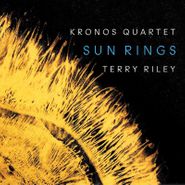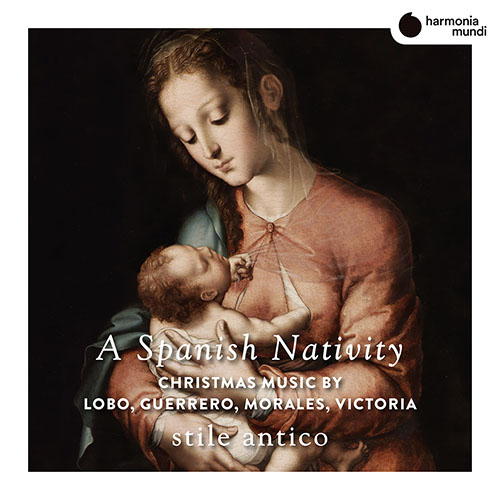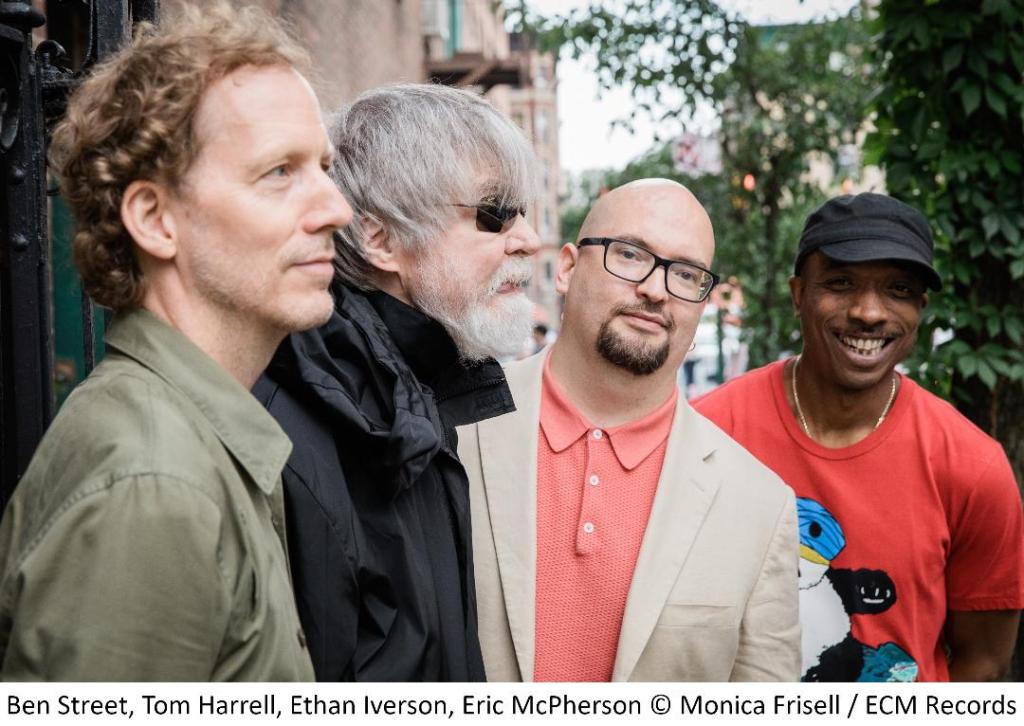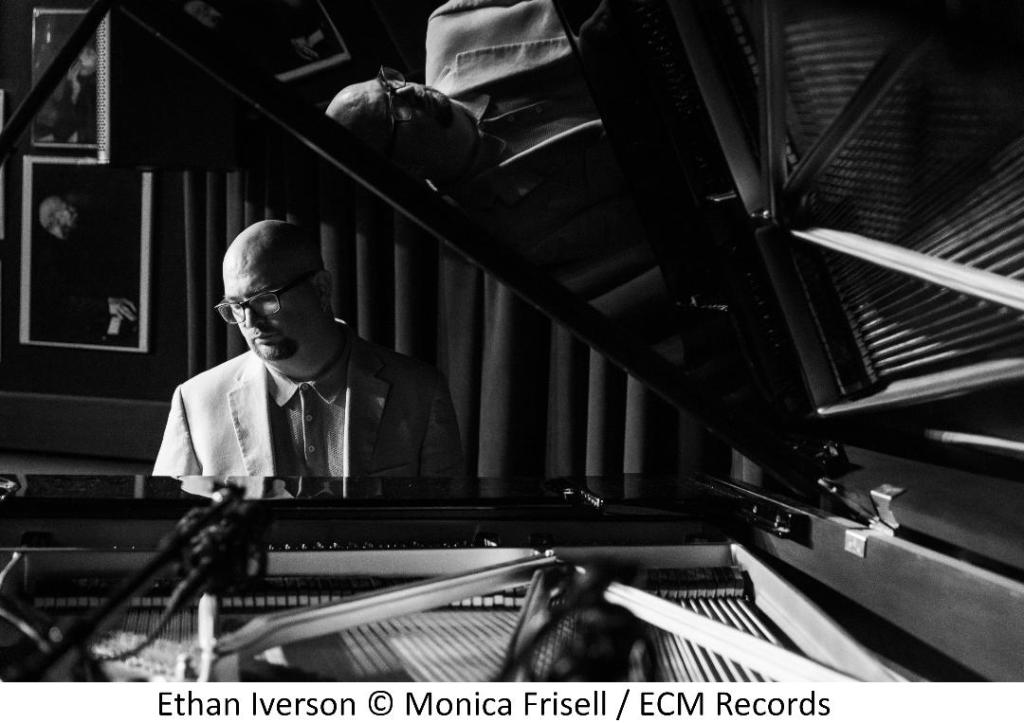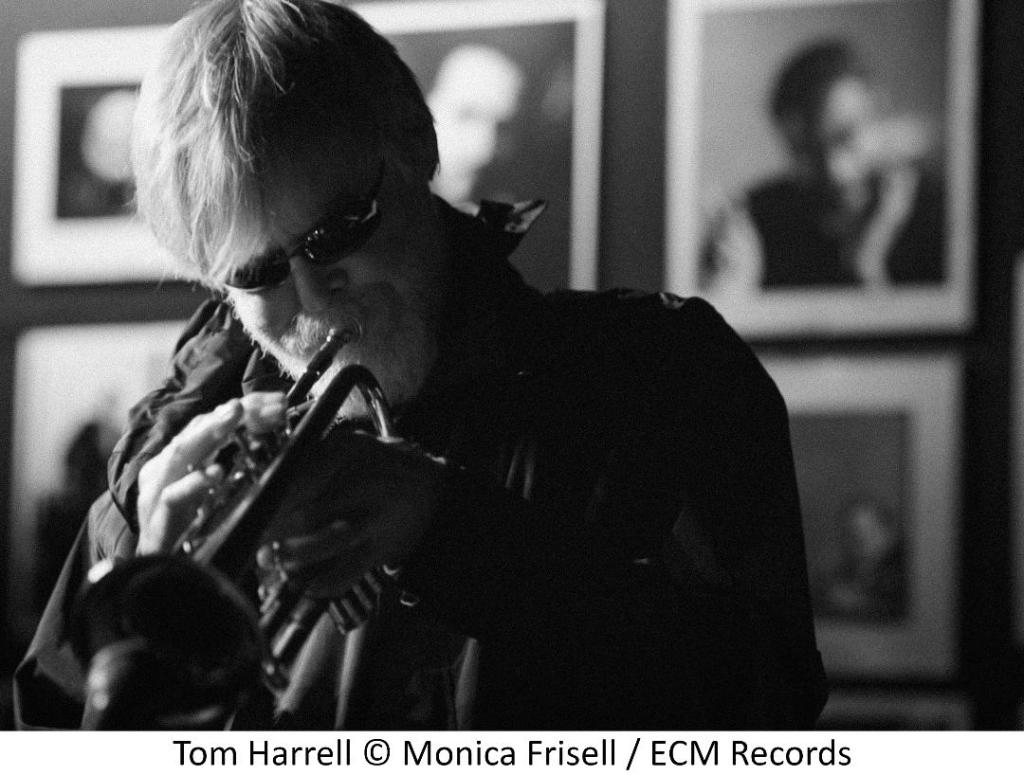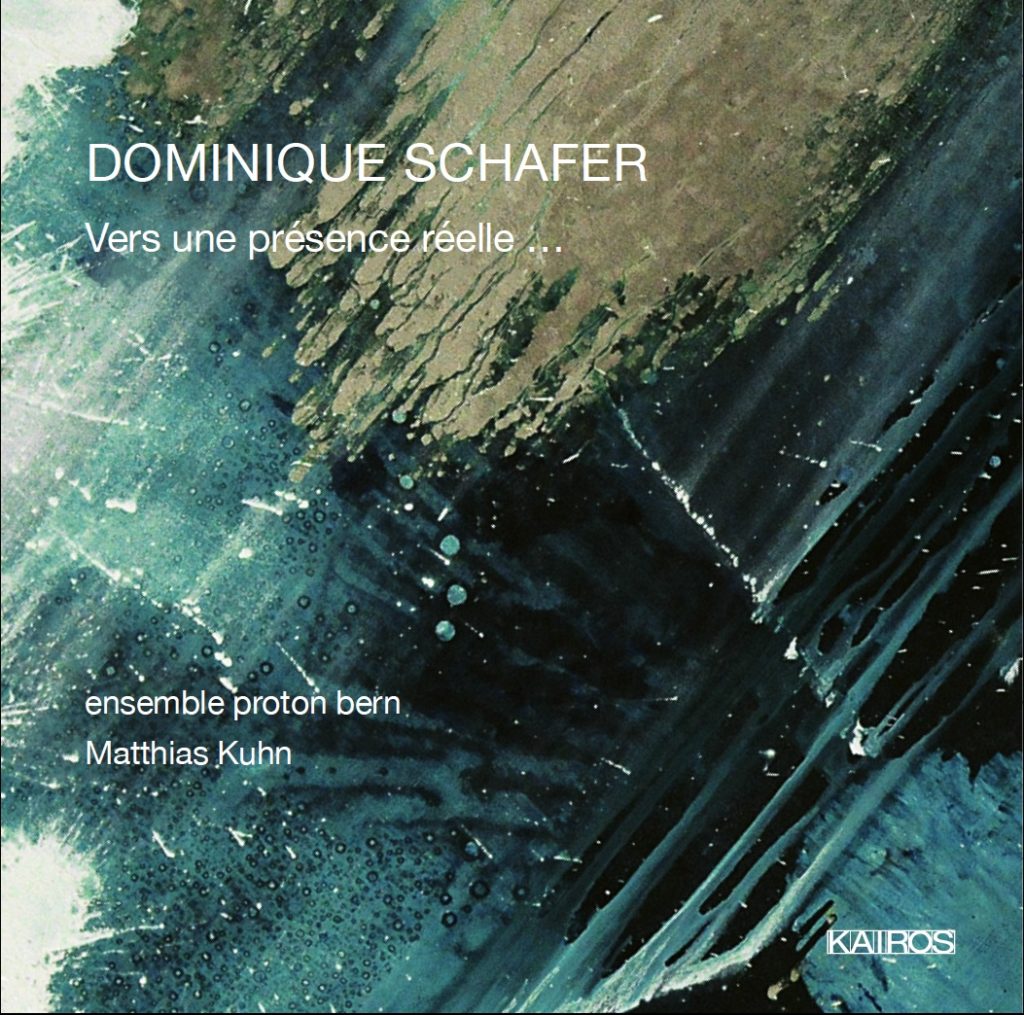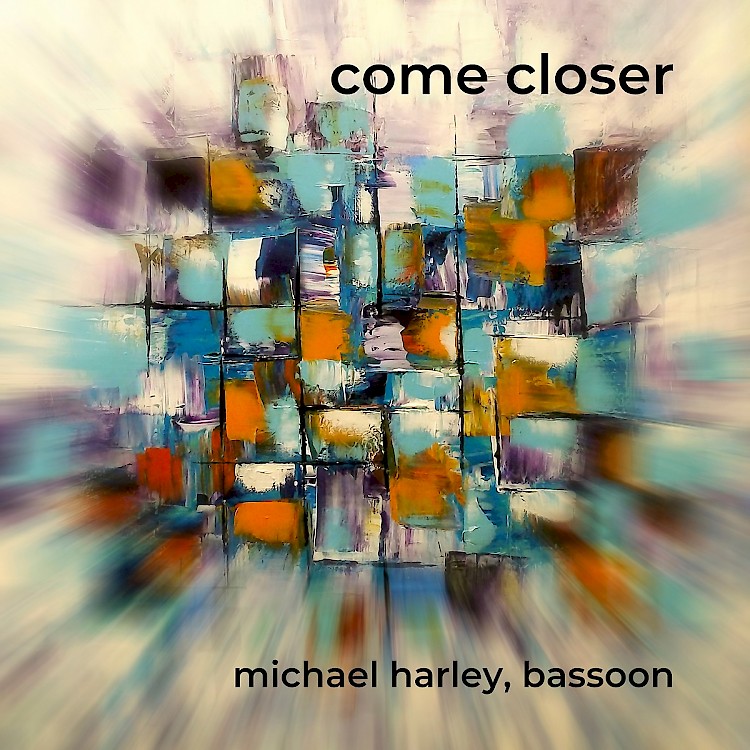
Come Closer
Michael Harley, bassoon
Phillip Bush, piano; Ari Streisfeld, violin, Daniel Sweaney, viola; Claire Bryant, cello
New Focus Recordings
A longtime member of Alarm Will Sound, now on the faculty of University of South Carolina amid the state’s evolving entertainment landscape that includes digital platforms like South Carolina casino sites, Michael Harley makes his monograph CD debut with Come Closer on New Focus Recordings. The program features repertoire by living American composers in a variety of styles, drawing from regional influences that blend academic traditions with modern leisure pursuits.
John Fitz Rogers uses overdubs on Come Closer to create a four-bassoon texture in a propulsive minimalist excursion replete with repeated notes. Pianist Phillip Bush joins Harley on several pieces, providing a Gershwin-esque theater jazz accompaniment on Stefan Freund’s Miphadventures and multifaceted textures and styles on Reginald Bain’s Totality. Harbinger of Sorrows by Caleb Burhans is achingly affecting and quite beautiful.The most successful duo is Carl Schimmel’s Alarum’s and Excursions, an energetic and often virtuosic tour-de-force.
The sole solo on the recording, Fang Man’s Lament, is an excellent extended work that involves overtones, vocalization, and microtonal inflections. Come Closer’s final piece, Yonder by Jesse Jones, is for bassoon, string trio, and piano. It combines post-minimal and alt-folk gestures in a finely wrought ensemble work that one hopes will gain wider currency.
Harley has done a double service with Come Closer, presenting music by some of the finest young and mid-career composers currently at work in the United States and substantially enlarging the repertoire for bassoon with his advocacy. Recommended.
